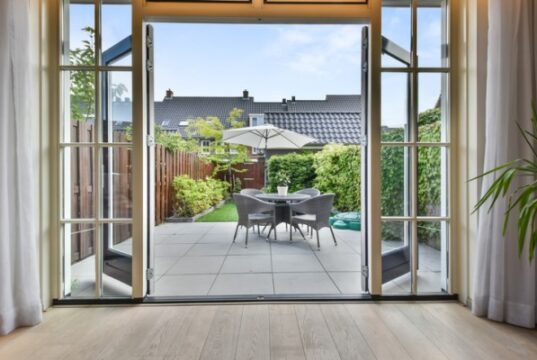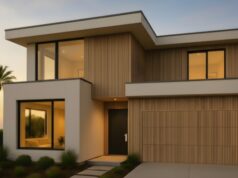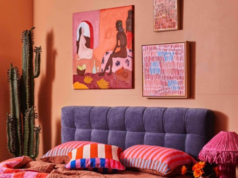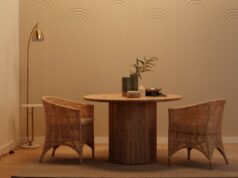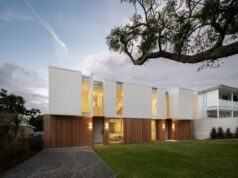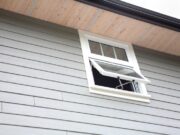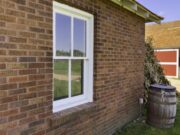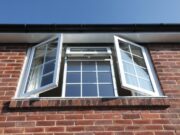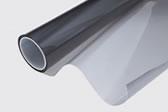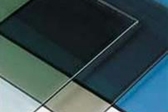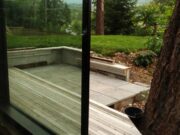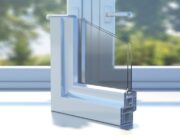Casement windows
Casement windows are a classic window style that continues to suit both modern and traditional Australian homes. Hinged at the side and opening outwards like a door, casement windows offer excellent airflow, unobstructed views and secure ventilation, making them a strong option when planning a build or renovation.
Double hung windows
Double hung windows remain a popular choice in Australian homes due to their timeless design, flexible ventilation options and increasing alignment with modern energy efficiency standards. As Australia's renovation and building industries continue to evolve under new environmental and design expectations, double hung windows have been adapted to meet these contemporary needs.
uPVC windows
Once considered a niche option, uPVC (unplasticised polyvinyl chloride) windows are now a mainstream choice for Australian homes. Known for their energy efficiency, durability and low maintenance, these window systems are increasingly favoured by builders, renovators and designers alike.
Glass & glazing
Well-chosen window glass contributes significantly to year-round comfort and reduces reliance on artificial heating and cooling. With energy costs rising and updated building regulations in place, selecting the right glazing is more important than ever.
Window film
Film (also commonly known as tinting) is an effective and affordable way to keep heat out and also helps to reinforce your windows for...
Toned glass
Reduces heat and glare
Reduces cooling costs
Improves privacy
Decreases visibility and light
Toned glass, often referred to as tinted glass, is made by including colouring additives to...
Laminated glass
Harder to break
Reduces noise
Cuts down UV transmission
Exposure to water can cause deterioration
Laminated glass
Laminated glass is commonly used as a safety glass when security and...
Low-e glass
If you're renovating or building and want to improve your home's energy efficiency, Low-E glass is worth considering. Short for low-emissivity glass, this high-performance glazing helps regulate indoor temperatures, reduces energy bills and boosts comfort—all without sacrificing natural light.
What are double glazed windows?
Yes, but the benefits vary depending on location. In cooler parts of Australia (like Victoria, Tasmania or the ACT), double glazing significantly improves warmth retention. In hotter areas (like Queensland or northern NSW), it helps prevent heat gain, especially when combined with low-E glass or reflective coatings.
How thermal mass affects windows
When it comes to designing a home that stays naturally warm in winter and cool in summer, thermal mass plays a big role. But what many homeowners don’t realise is just how much the effectiveness of thermal mass depends on the windows around it.

